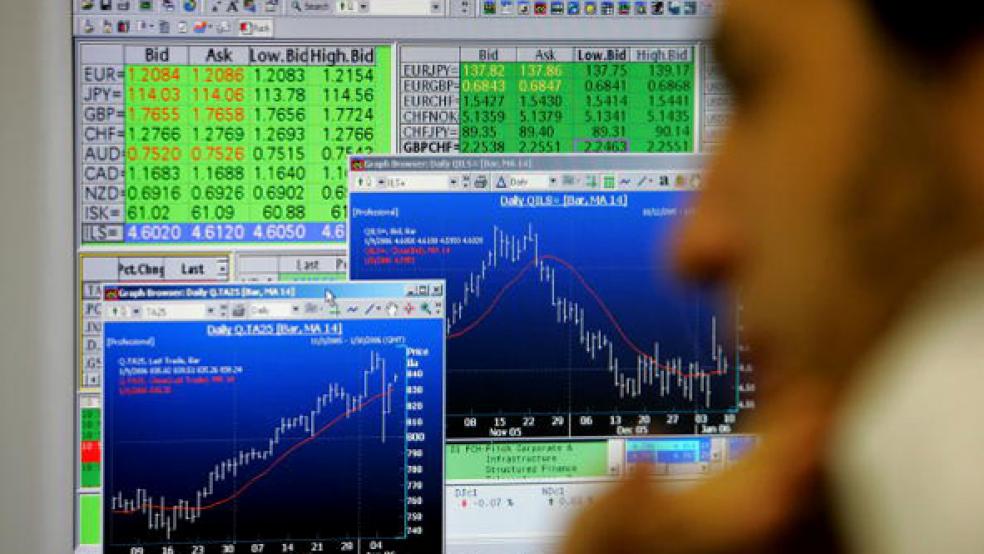This year, the stock market has been glowing as brightly as the seasonal lights that now bedeck holiday streetscapes.
But if you want your investments to keep doing well in 2014, look away from the shiny stuff. If the winners of 2013 follow historical patterns, they won't sustain their market-beating performances next year.
Consider the most stellar performer of 2012.
As housing rebounded, the iShares U.S. Home Construction ETF was the place to be in 2012. It led the pack with a nearly 80 percent return for the year, as companies likePulteGroup Inc., Lennar Corp. and D.R. Horton, Inc. made up for time and big money lost to the housing crisis.
This year, the housing market was even stronger than it was in 2012, but investors in the iShares ETF didn't share the wealth.
Related: Investing 2014: The Smart Money Is on European Stocks
The hot, institutional money had moved onto other sectors and the fund returned 11 percent to investors through December 20 - less than one-third of the 36-percent returns investors in consumer cyclical stocks saw, according to Morningstar.
It's not just skittish sector funds that fail to follow big years with more big years.
Let's look at an entire country: The EGShares India Consumer ETF represents a slice of the second-most populous country on the planet and one that's moving toward growing a solid middle class. Last year, the fund grew nearly 52 percent, placing it in the top tier of all ETFs. For the past year, though, this fund is down nearly 10 percent through December 20.
While there are a handful of exceptions, the general rule is that repeat performance is a fickle beast. You can't expect a fund to consistently echo its best year; it's a statistical black swan.
NO REPEAT PERFORMANCE
One of the best regular benchmarks for fund performance is the S&P Dow Jones Indices' Persistence Scorecard, which McGraw-Hill Financial issues twice a year after it researches fund records over several annual periods.
Related: 4 Investing Mistakes that Could Haunt Your Portfolio
Through September of this year, S&P found that only 19 percent of large-company funds, 20 percent of mid-sized company funds and 27 percent of small-cap funds held their top-half performance rankings over three-consecutive three-year periods. That means up to 80 percent of top-performing funds couldn't repeat their great returns.
Over a half-decade - five consecutive annual periods - the persistence shortfall is even worse: Only about 8 percent of large-cap funds, less than 1 percent of mid caps and about 10 percent of small caps were repeaters in the top ranks.
Even if you were to buy and hold the top performers over five years, it's highly unlikely that they'd ever be winners again. It's the equivalent of playing the same "winning" number on a roulette wheel. Unless luck or chance intervenes, you'll come out a loser.
How do you avoid performance chasing? Buy index funds to hold large baskets of stocks and bonds instead of making more targeted bets.
A fund such as the iShares Core S&P Total U.S. Stock Market ETF represents some 1,500 stocks. It's up nearly 30 percent for the year through December 20 and has averaged 18 percent over the past five.
That handily beats the current returns of the two top performers of last year and it only charges .07 percent annually for management - a fraction of the fees typically charged on more specialized funds. It holds mega-cap stocks like Apple Inc., Exxon Mobil Corp. and Google Inc..
To get your head around the concept of consistently holding most of the market long term, keeping in mind you can still have losing years, you'll have to accept that it's nearly impossible to guess which stocks and sectors are going to outperform in any given year. This is not a leap of faith; it's a leap of ego.




